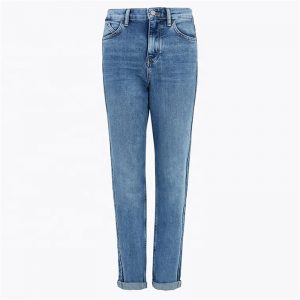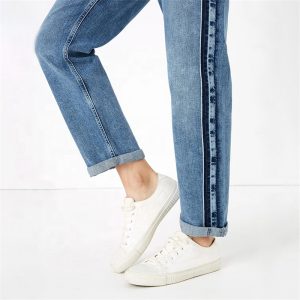Design and Structure: Puffer jackets are characterized by their distinctive quilted or “puffed” appearance, which is created by stitching or sewing the outer shell and inner lining together in a pattern that forms individual pockets or baffles. These pockets are then filled with insulation material to trap warm air and provide thermal insulation.
Insulation: The insulation used in puffer jackets is a key element in their warmth and comfort. There are two main types of insulation used:
- Down Insulation: Natural down is the fluffy layer of feathers found underneath the outer feathers of waterfowl, such as ducks and geese. Down has excellent insulating properties, creating a high warmth-to-weight ratio and exceptional loft. High-quality down is lightweight, compressible, and provides excellent warmth retention.
- Synthetic Insulation: Synthetic materials, such as polyester fibers, are designed to mimic the insulating properties of down. They are often more affordable, maintain insulation when wet, and dry faster than natural down. Synthetic insulation is a popular choice for people who prefer animal-free options.
Features and Variations: Puffer jackets come in various styles and variations to cater to different preferences and needs:
- Hooded Puffer Jackets: These jackets have an attached hood for extra protection against cold and wind.
- Vest or Gilet Puffer Jackets: Sleeveless versions that offer core warmth and mobility for the arms.
- Long Puffer Coats: Extended-length jackets that provide more coverage and are ideal for extremely cold conditions.
- Packable Puffer Jackets: Lightweight and compressible jackets that can be folded into a small bag for easy transport.
- Fashion Puffer Jackets: Stylish designs that combine functionality with unique patterns, colors, and cuts.
- Performance Puffer Jackets: Geared towards outdoor activities, these jackets often feature advanced water resistance, breathability, and durability.
Versatility: Puffer jackets are highly versatile and can be worn in a variety of settings, from casual outings to outdoor adventures. They pair well with jeans, leggings, boots, and other winter accessories, making them suitable for both everyday wear and more formal occasions when styled appropriately.
Care and Maintenance: To keep your puffer jacket in optimal condition:
- Follow care instructions provided by the manufacturer.
- Regularly fluff and shake the jacket to maintain its loft.
- If machine-washable, use a gentle cycle with a mild detergent.
- Dry thoroughly to prevent clumping of insulation.
- Store in a dry place, avoiding compression for long periods.
Overall, puffer jackets offer a blend of comfort, warmth, and style, making them a go-to choice for cold weather. When choosing a puffer jacket, consider factors such as the insulation type, design, intended use, and the climate you’ll be wearing it in.

























